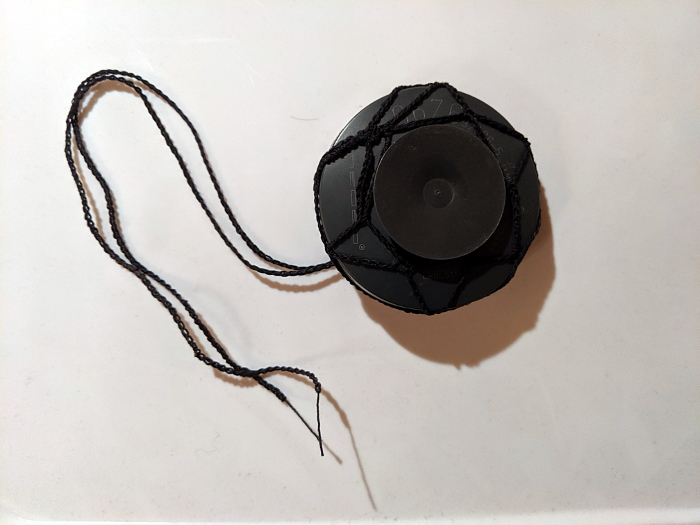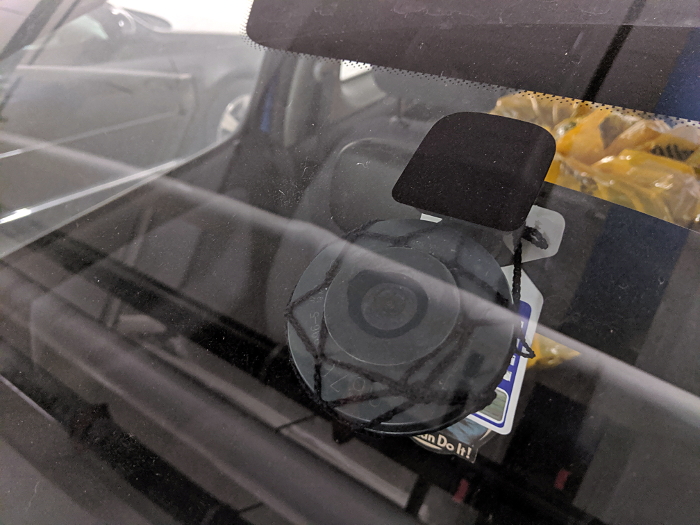So here’s the scenario: a person parks their car, checks all the doors are locked, and leaves. When they return a few hours later, their car is still locked tight, but now the hazard lights are blinking. The car owner opens the door and checks the dashboard to figure out what’s going on, only to discover that the hazard light button is now in the “on” position. it definitely wasn’t before.
Let’s say there’s a security camera nearby, and we can verify that no-one gained access to the car. The only way to turn on the hazard lights is with that physical button — a hacker couldn’t be clever and trick the car into turning on the hazard lights by remote.
So what happened?
Answer: the car had a transponder suction-cupped to its windshield, and it lost suction. And when it fell from the windshield, it hit the hazard light button on the way down, hard enough to push the button to the “on” position.
We use transponders to access the parking garage at work, and mine has fallen off my windshield at least half a dozen times now, including once when I was driving. Half of those times the transponder has hit the hazard light button, and the last time, this past weekend, it wasn’t caught before the battery had been run down.
So there I was, all packed and ready to Get Things Done at work, and I couldn’t start my car. Instead, I wound up working from home until CAA showed up and gave me a battery boost.
At first I figured, okay, lesson learned. Remove the transponder from the window every time you park. But that didn’t seem very practical, because when the suction cup does decide to stick, it really sticks.
What I needed was a backup, a way to prevent the transponder from hitting anything on the dashboard when it became unstuck (er, and not hitting my right hand if it fell while I was driving). Like a seatbelt, but for transponders.
What I came up with is the Transponder Sling.
It’s crocheted out of laceweight doily cotton, so it’s stretch-resistant. It’s made in a net pattern, so it won’t interfere with the transponder signal. And it’s invisible to the driver behind the rear-view mirror.
The net is placed over and around the suction cup, then the ties are laced through the outer ring of loops and tightened to keep the transponder snug in its sling. Then the ties are tied over the rear-view mirrors mounting stem, so if the transponder falls off the windshield, it’ll hang from the mirror.
I’ve already got the prototype installed in my car. The real test will happen when the transponder falls off again.


